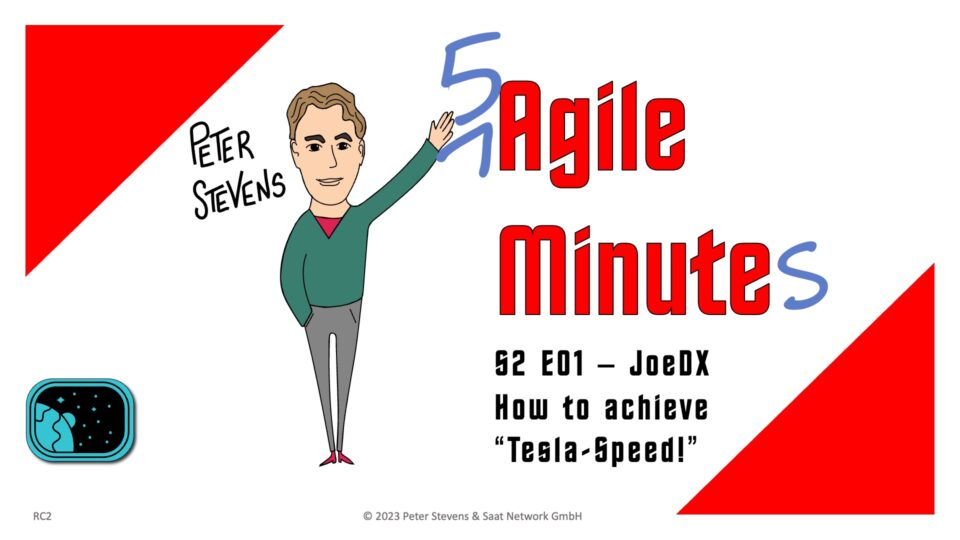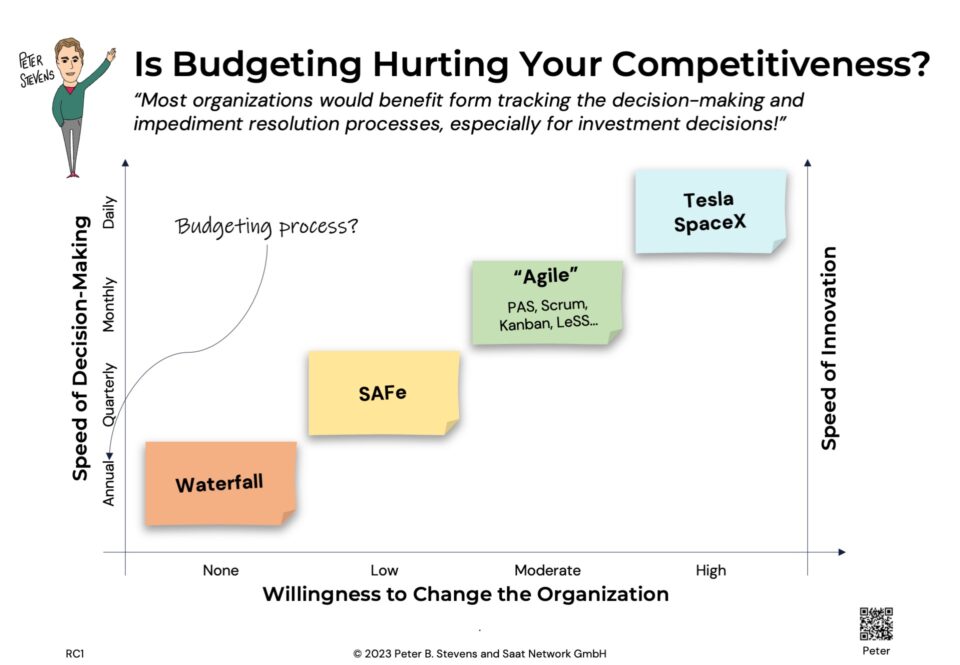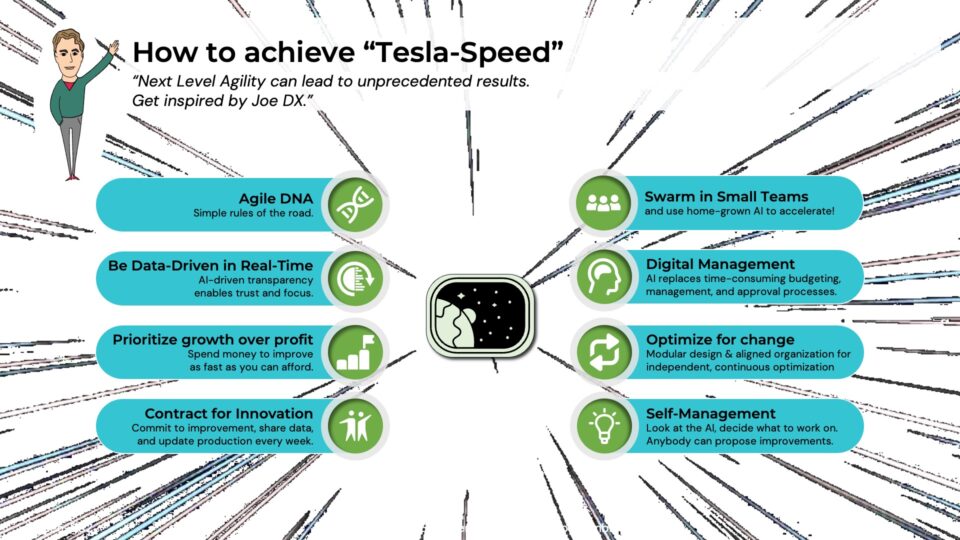XM Principle 8: Continuously Deployed Development
08-07-2014XM Principle 10: Partner Patterns
10-07-2014When multiple teams work on the same module, they each own a sub-module, which will require another finer pass of Contract-First Design to create interfaces for sub-modules before those teams can be created. For example, within the engine module there is the fuel system module, the engine electronics module, the exhaust system module. Each module has an interface that loosely couples it the other modules and clear tests of their value and technical excellence.
Creating Teams
Applied at WIKISPEED, the first design decision is the fundamental architecture of the product being created, in their case a car. What are the main modules, e.g. engine, body, drive train, cockpit, etc., and what are the interfaces between them? Once the modules have been identified and the contacts between them created (see XM Principle 4: Contract-First Design), sub-teams can be created on each side of an interface to develop that module.
If capacity allows and velocity and quality metrics indicate adding more teams per module will improve velocity and quality, then multiple teams can work in parallel per module.
Each team owns their own integration and tests, no team is “done” with an increment of their module until all tests pass, including tests that it complies with their module’s interface and no additional connections have been introduced.
Team Coordination
In XM Scrum of Scrums, teams consist of 4 to 5 people, including a Product Owner and Scrum Master. Each product owner is responsible for pulling stories from the Portfolio Product Backlog (or simply “Backlog”), and getting clarity when their team needs it on the customer visible value and Net Present Value each story is intended to deliver.
This clarity comes from the Chief Product Owner (CPO) who sequences and refines the Portfolio Product Backlog continuously. The CPO is not a senior role in pay or experience, but is simply the person available enough to keep backlog ready for the teams, answer questions, and have the most clear understanding of the customer visible value the Portfolio Product Backlog is aiming to produce. Ideally, the CPO is the customer, and the one paying for the product or service the backlog is aiming to produce.
On each team, each Scrum Master is responsible for accelerating the velocity of the team, i.e. the amount of work sustainably delivered each sprint. Sustainible implies that the teams are happy and that all work completed satisfies the quality metric called the Definition of Done. Scrum Masters have an additional job here, too: they collaborate with the Scrum Masters of other teams to negotiate the shared resources like space, tools, and modules, across teams.
In this way, a team of 5 has clear expectations for themselves on how to resolve the most common types of impediments: lack of clarity is handled ASAP by the product owner, lack of backlog is handled ASAP by the product owner, lack of visibility into team delivery trend/quality/happiness is handled as a matter of course each week by the Scrum Master, and resource constraints and coordination are handled ASAP by the Scrum Master.”




